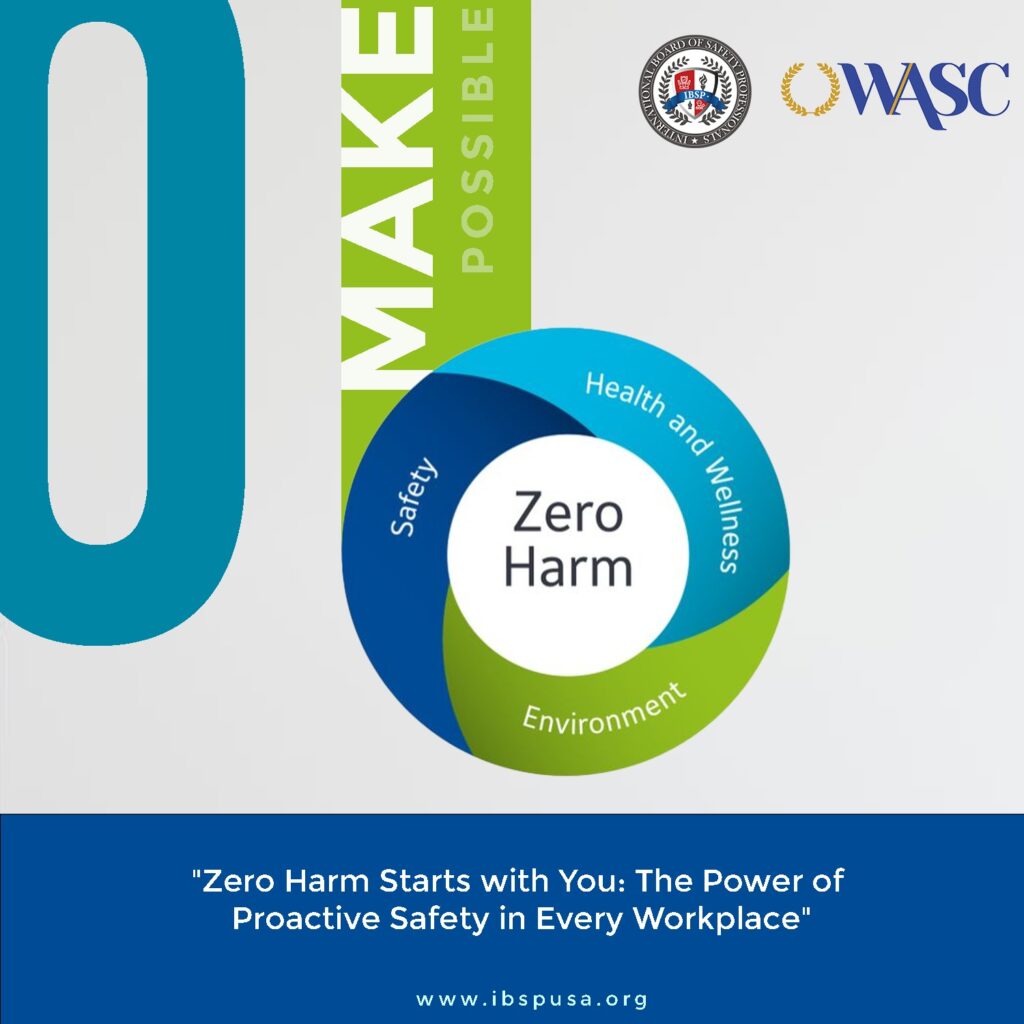
Introduction: Why Safety Still Needs Champions
In the modern workplace, advancements in technology, regulations, and equipment have made jobs safer than ever before. Yet, workplace injuries continue to occur across industries, affecting millions of workers each year. According to the International Labour Organization (ILO), more than 2.3 million people die annually due to occupational accidents or work-related diseases, and hundreds of millions more suffer non-fatal injuries. Despite the existence of extensive safety laws and best practices, human error, complacency, and a lack of accountability remain major contributors to incidents.
This article explores the transformational idea that every worker, regardless of role or rank, holds the power to prevent workplace injuries. Through a culture of shared responsibility, proactive thinking, and continuous awareness, we can move closer to the vision of zero harm.
Understanding the True Cost of Workplace Injuries
When a workplace injury occurs, the impact extends far beyond the person injured. There are physical, emotional, financial, and organizational consequences.
- For the Worker: Physical pain, long-term disability, emotional trauma, and financial instability.
- For the Organization: Loss of productivity, increased insurance premiums, regulatory penalties, damaged reputation.
- For Co-workers: Reduced morale, increased workload, and fear of similar incidents.
Preventing injuries is not just about compliance; it’s about preserving lives, livelihoods, and the integrity of an organization.
Moving from Compliance to Commitment
Many organizations treat safety as a checklist: PPE, hazard signs, SOPs, toolbox talks. While these are essential, real safety culture goes beyond ticking boxes.
Compliance ensures minimum standards. Commitment ensures zero harm.
Creating a culture of safety starts with leadership but is sustained by individuals at all levels. It means embracing safety as a core value, not just a requirement. It also means cultivating the belief that “I am responsible for safety, not just for myself but for others.”
The Psychology Behind Unsafe Behavior
To change behavior, we must first understand it. Unsafe acts are rarely intentional. More often, they are the result of:
- Complacency: Familiarity breeds shortcuts.
- Time Pressure: “I need to get this done fast.”
- Lack of Training: Not knowing the right way.
- Cognitive Overload: Too many tasks, too little focus.
- Groupthink: “Everyone else does it this way.”
Understanding these drivers helps organizations design interventions that work. Behavioral-based safety programs, coaching, and risk-awareness training can reduce these tendencies.
The Power of Speaking Up
One of the most powerful tools in injury prevention is the voice of the worker. Creating an environment where workers feel empowered to speak up when they see a hazard is critical. This requires:
- Psychological safety.
- Training on how to report issues.
- Visible support from supervisors.
A culture where everyone feels heard results in more near-miss reports, earlier hazard detection, and stronger team cohesion. The message should be clear: **”If you see something, say something.”
Leadership at All Levels
Safety leadership is not confined to managers and executives. Every team member can be a safety leader by modeling the right behaviors, challenging unsafe acts, and looking out for their peers.
Examples of leadership in action:
- A junior worker reminding a senior technician to wear gloves.
- A team pausing work to reassess a task that feels risky.
- A manager investing time in real safety conversations, not just audits.
When safety is led from the frontlines, it becomes ingrained in the culture.
Empowerment Through Training and Knowledge
Training should not be a once-a-year event. Ongoing education is key to maintaining awareness and competence.
Effective training includes:
- Practical scenarios.
- Peer-to-peer learning.
- Regular refreshers.
- Emergency response simulations.
Empowered workers are informed workers. The more people understand the “why” behind procedures, the more likely they are to follow them.
The Importance of Personal Accountability
Ultimately, each individual must accept personal responsibility for their own safety. This means:
- Never ignoring hazards.
- Refusing to cut corners.
- Asking for help when unsure.
- Encouraging others to do the same.
Personal accountability transforms passive bystanders into proactive defenders of safety.
Safety in High-Risk Industries
Industries like construction, manufacturing, mining, and logistics carry inherent risks. However, high risk does not have to mean high injury rates.
In high-risk environments:
- Pre-task planning is essential.
- Job safety analyses (JSAs) must be thorough.
- Emergency plans must be understood by all.
- Workers must be rotated to prevent fatigue.
Despite the risks, many organizations in these industries have achieved years without recordable injuries by investing in people, systems, and culture.
Learning from Near Misses and Incidents
Near misses are gifts. They are warning signs that something could go wrong.
Organizations should:
- Encourage reporting without fear.
- Analyze trends.
- Implement corrective actions.
The best organizations treat near-miss data as vital intelligence, not as evidence of failure.
Recognizing and Rewarding Safe Behavior
Recognition reinforces behavior. Safety incentive programs, when designed well, can:
- Increase engagement.
- Highlight positive role models.
- Build momentum.
However, care must be taken to avoid rewarding underreporting. Focus should be on behaviors and contributions, not just incident metrics.
Mental Health and Fatigue—The Silent Hazards
A worker under stress or fatigue is far more likely to make errors. Addressing mental health is now a key part of modern safety management.
Organizations should:
- Promote work-life balance.
- Offer counseling or support services.
- Monitor workloads and hours.
- Destigmatize asking for help.
Healthy minds support safer choices.
Digital Tools and Future Technologies in Safety
Technology is transforming safety:
- Wearables that detect fatigue.
- Drones for remote inspections.
- AI-driven risk assessments.
- VR-based safety training.
But technology is a tool, not a solution. It must be combined with culture and commitment to be effective.
Building a Legacy of Safety
Imagine a workplace where safety is not just practiced, but championed—where every person is a guardian of their own wellbeing and that of others. This vision is achievable.
It begins with:
- Courageous conversations.
- Daily commitment.
- Collective ownership.
The legacy we build today determines the future for the next generation of workers.
Conclusion: You Are the Difference
Workplace injuries are not inevitable. They are preventable, predictable, and unacceptable. Each of us has the power to prevent harm—not just through rules, but through choices.
So ask yourself:
- Did I speak up today?
- Did I choose the safer way?
- Did I help a teammate stay safe?
Safety is not someone else’s job. It’s yours. And it starts with a single, powerful truth: Zero harm starts with you.

